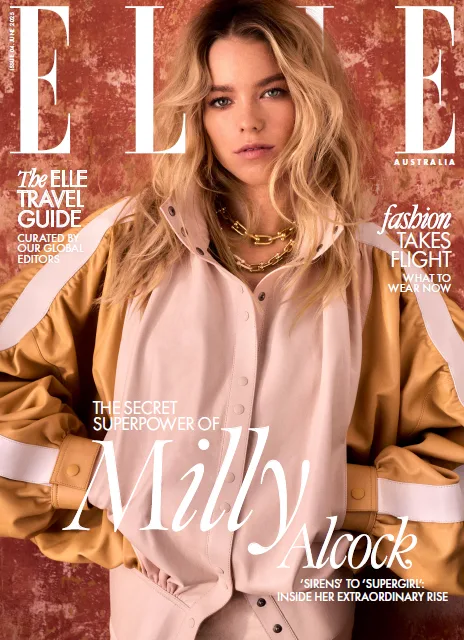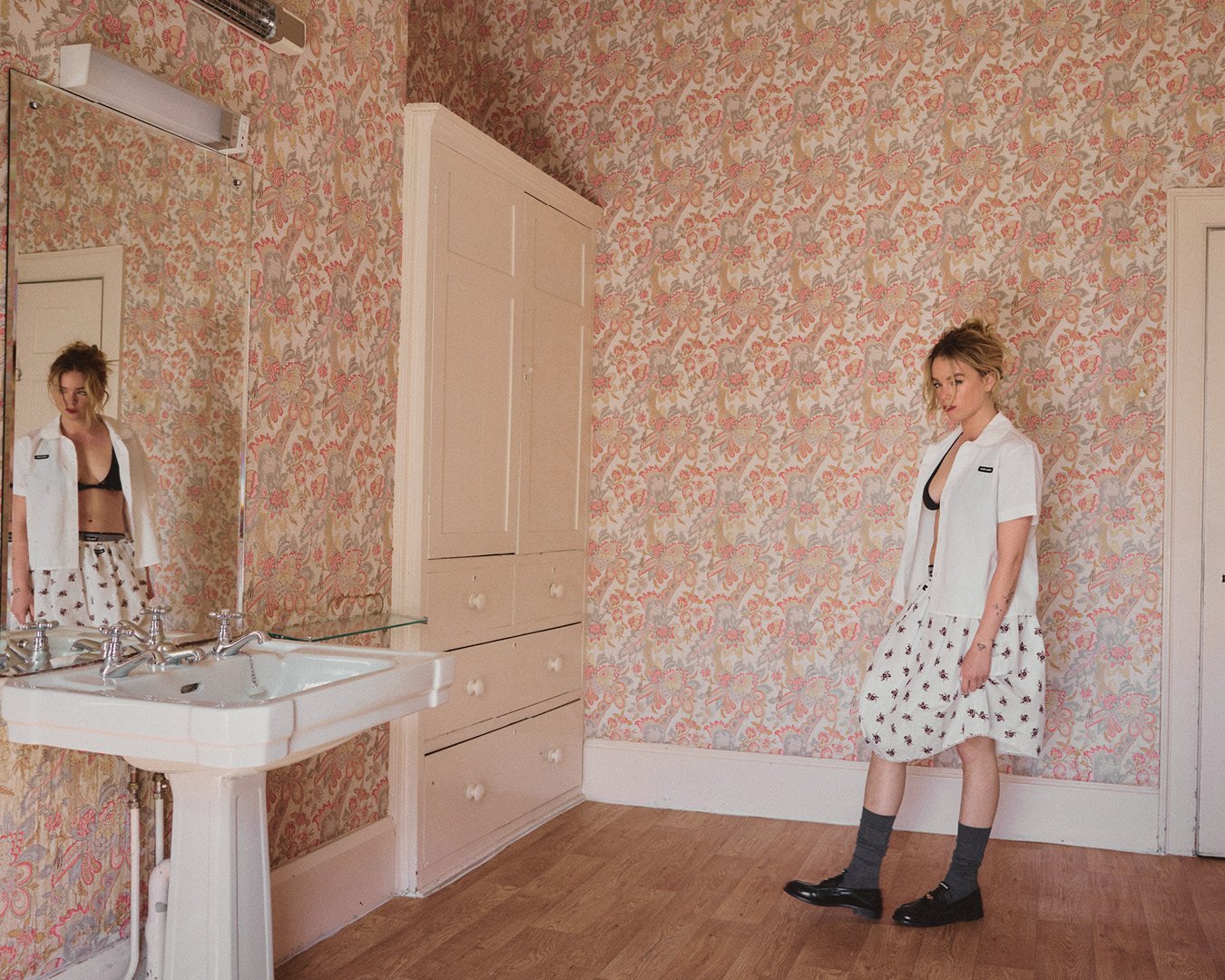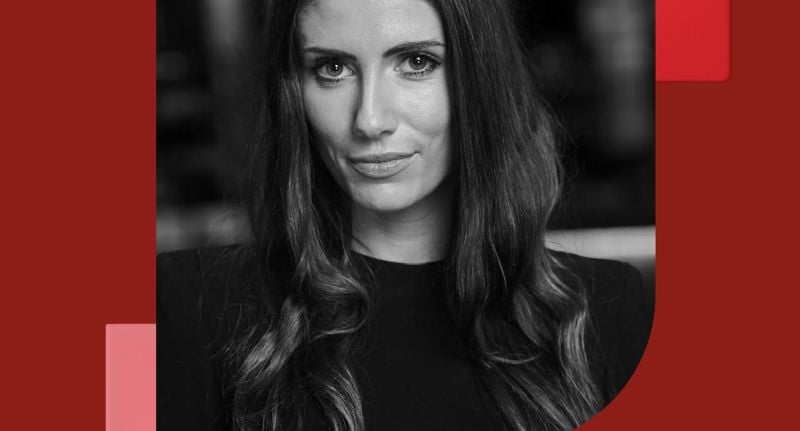When Jess Bailey took the reins as Editor of ELLE Australia earlier this year, she wasn’t just inheriting a glossy fashion brand.
She was stepping into a legacy that spans 80 years globally and, more pointedly, reimagining what a modern luxury media product looks and feels like, for readers, for advertisers, and for the industry at large.
Now, just months into the role, Bailey has brought clarity to a previously fragmented ecosystem.
She’s aligned the magazine’s print, digital and social under a single, cohesive vision, proving that omnichannel is more than just a buzzword, it’s a lifeline.
And it’s working.

New vision, old soul
Bailey approached her new role the way a designer might build a collection: by studying the archives and using history to shape the future.
“I’ve held firm for years in the belief that there’s great power in looking back in order to inform how you move forward,” she says. “A huge part of keeping a product original is diving into the archives.”
Since February, ELLE has not only returned to print, but recalibrated its presence across platforms. Video has become a priority, particularly on social, where Gen Z audiences expect immediacy and movement.
“I felt we could be more reactionary to the fashion and entertainment space, especially early in the mornings,” Bailey explains. “I also felt that we could favour Reels more than we were.”
The results? A digital renaissance: +22% growth in page views, +82% in social views, a staggering +849% lift in followers and a +125% surge in engagement.
Why print still matters
While Bailey’s omnichannel strategy has sparked digital growth, she’s equally passionate about ELLE’s tactile offering.
“There has been rhetoric for years that print is dying and it’s just not true,” she says.
“In all the noise of online, taking the time to switch off and read a magazine is considered a luxury, it remains a beacon of affordable luxury for the Gen Z audience.”
Bailey believes this renewed appetite for print is about more than aesthetic, it’s about intentionality.
That’s why the ELLE team has sourced luxurious paper stock from the United States and upped the ante on photographic production.
“You’ll notice that our glossy pages are of a particular weight, we’ve brought them in specially,” she says.
“Reading a magazine should feel joyful and exciting. It should make people smile.”
This isn’t sentimentality, it’s strategy. Print offers advertisers something digital can’t: a space that feels rare, premium, and lasting. And as fashion cycles continue to blur, more issues means more moments to capitalise on.
“The biggest moments on the fashion calendar are in March and September,” Bailey says, “but fashion releases all year round. We needed more issues to create more space for ads, otherwise we’d be missing out on revenue.”
Are Media’s plans to publish four issues in 2025 reflect this renewed commitment.

Milly Alcock in the June issue of ELLE Australia
Branded content, redefined for the luxury space
Branded content is, of course, a revenue mainstay, but at ELLE, tone is non-negotiable.
For Bailey, any commercial partnership must still feel at home within the brand’s distinctive editorial voice. “The tone of branded content hasn’t changed. It will always be the ELLE tone,” she says.
That consistency is central to ELLE’s appeal with both audiences and advertisers.
The brand doesn’t chase relevance, it curates it, wrapping commercial content in the same intelligent, aspirational styling that defines its core editorial.
Events, awards and a community of tastemakers
With ELLE turning 80 globally this year, there’s a celebratory energy coursing through the brand’s veins, and big plans on the horizon.
Chief among them is the return of the ELLE Next Gen Awards in September. It’s a chance to spotlight the next wave of creative talent across fashion, beauty, music, film, tech and beyond.
“We’re so excited to bring it back,” Bailey says. “This country has such bright tastemakers, and ELLE has always been about discovering and elevating them.”
In tandem with the awards, Bailey and her team are building out new verticals including ELLE Man, ELLE Travel, ELLE Beauty and ELLE Bride, some of which already exist globally in the ELLE ecosystem.
But Bailey is putting a local spin on each, reimagining them for Australian audiences across both print and digital.

Milly Alcock in the June issue of ELLE Australia
The nostalgia is real… and it’s powerful
Bailey’s connection to ELLE runs deep. She grew up reading the magazine, and vividly recalls unboxing old issues from her twenties when preparing for her editor interview.
“I remembered the excitement of opening a new issue, and the joy of snuggling down to read it at night,” she says.
“To now be at the helm of ELLE Australia is somewhat surreal. It’s exciting and thrilling.”
But she’s not here to just relive the past. She’s on a mission to help the next generation fall in love with the medium, and the magazine, the same way she once did.
“The relaunch of ELLE Australia has seen more and more digital natives turn to print as a collectable, as a tangible beauty,” she says.
“And if I’m lucky, they might also keep my issues for years to come.”
The bottom line
Bailey’s vision is bold, clear and already yielding results. In a media landscape that often trades depth for clicks, her belief in luxury, storytelling and print-as-art feels both defiant and necessary.
Advertisers are noticing. So are audiences. And as ELLE Australia steps into a new chapter, it’s not just keeping pace with the zeitgeist… it’s setting it.
